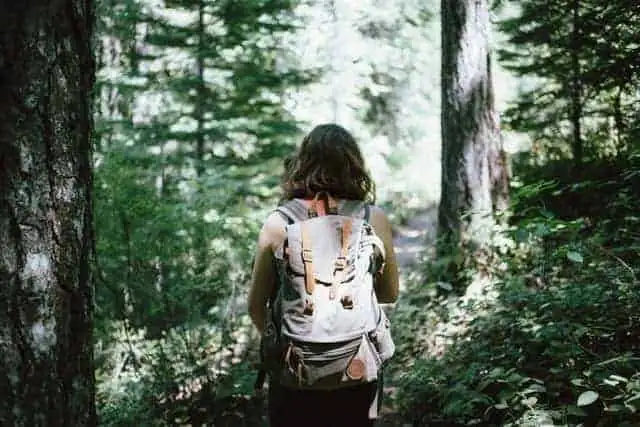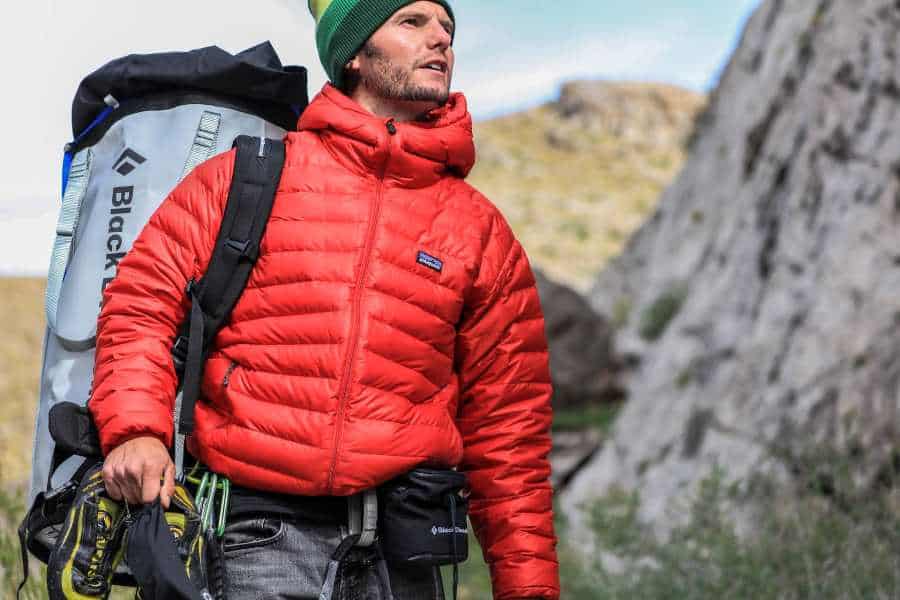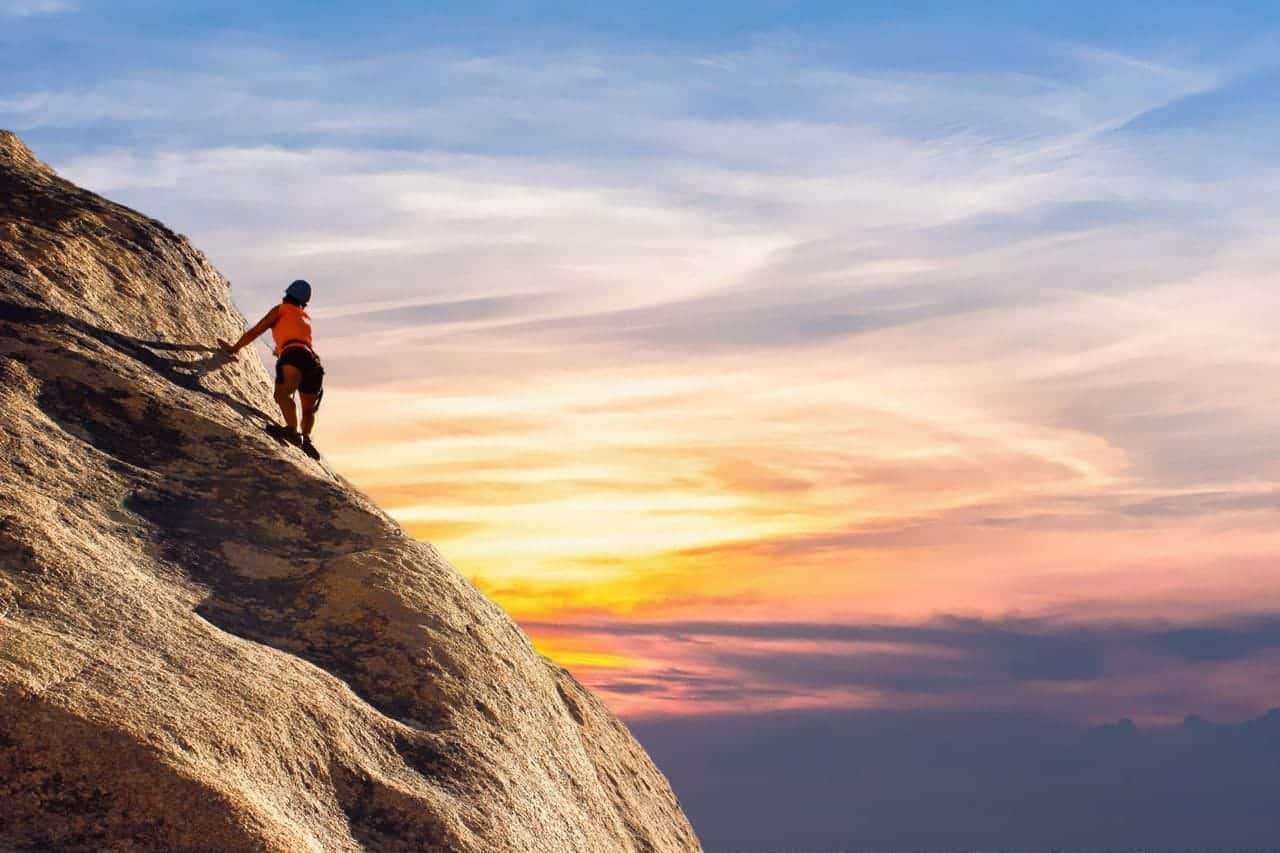Hiking boots are a crucial part of your hiking gear. They demand proper care and maintenance for extended life. That is not all, boots after hiking help to maintain their traction in muddy areas. Similarly, looking after this amazing pair will protect its waterproofing properties for optimal insulation as well as protection in cold conditions. Another reason for taking care of your hiking boots is to prevent cracking especially if they are made of leather. If you are not sure about how to wash hiking boots, read on and let us learn together.
How to Wash Hiking Boots: Procedure
You need a barrel or bucket of water wide enough to accommodate a single or pair of boots. Also have mild dish detergent or saddle soap. On top of that, you need a soft brush and some rugs. Here is how to go about the whole process:
1. Do away with insoles and laces
The very first step prior to washing your hiking boots is to remove the laces of boots and insoles. Lace-free boots are easier to wash. Without the laces, you have more access to the metal hardware and lace holes which allows you to clean them better. Besides that, the insoles are very hygroscopic. They absorb moisture leading to unwanted odors if not ejected from the boots.
2. Get rid of excess dirt
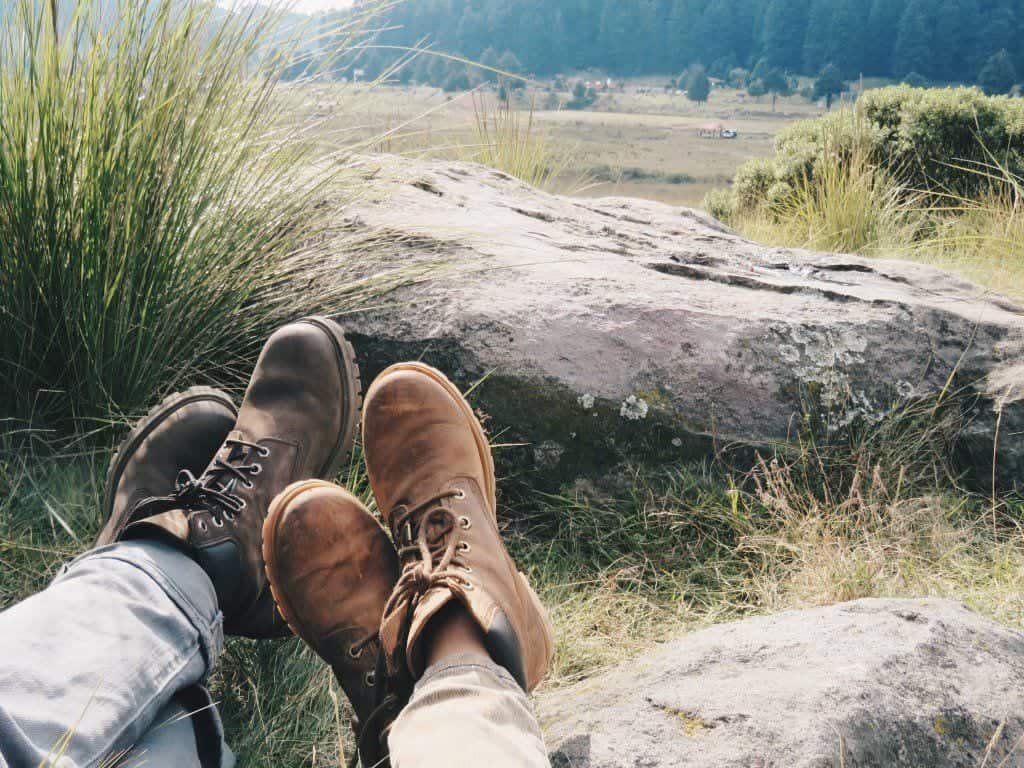
Photo by Ceci Bravo on Unsplash
This step is vital as it ensures minimal damage to the outer surface or soles as a result of scrubbing or scratching. To make your work easier, simply bang the boots onto a flat surface or bang them together. The impact will force off any loose mud or soil that may be attached to the boots. Thereafter, use a rag to gently scrub off any dirt that may be sticking around before you start washing.
3. Clean the soles
A lot of folks may be attempted to leave out the soles. Nonetheless, the soles like any other part of your hiking boots ought to be washed. Soles are exposed to more dirt than any other surface. Take time to get rid of the stone and flush out mud or soil from beneath the boots. You might need a screwdriver or multi-tool to tackle the stones, stick, and other dirt lodged in the soles.
4. Wash the upper surface
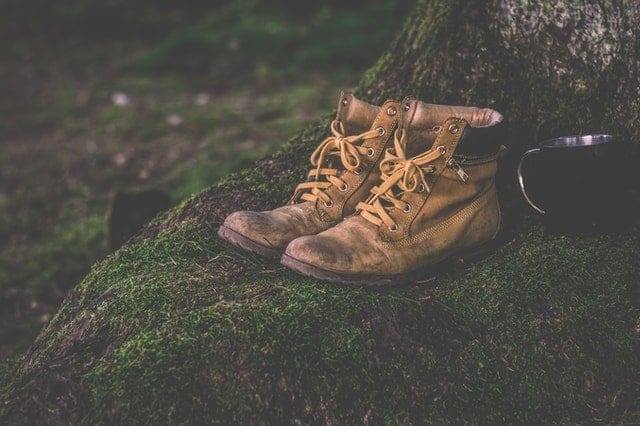
The upper surface of the boots requires thorough cleaning as it is most affected by dirt. Using a rag or paper towel may not be sufficient against caked dirt. You need a stiff brush to deal with the remaining mud or soil deposits. If the dirt proves to be stubborn, try soaking the pair in water for about an hour and give it another shot.
Once the entire surface is free of dirt, proceed to wash it with soap and water. Warm water and a bar of mild soap are perfect against tough stains or grime. However, you have to be gentle when brushing or scrubbing to avoid inflicting any scratches. It is smart to work around the upper surface by wearing each boot like a glove during the cleaning process.
5. Rinse and dry
Rinsing is all about eliminating soap residue from the boot’s surface. Use a wet cloth to wipe away any soap from the boots. Rinse the cloth with clean water whenever it gets too soapy. In the event that the inside of the boots has been washed, stuff it with newspaper to facilitate moisture absorption from the fabric. Once all the soap is rinsed off, place the pair in a warm dry area to get them dry. Avoid damp or dark spots as they slow the drying process and cause mold.
How to waterproof and condition your hiking boots?
As much as most hiking boots incorporate a durable water repellent (DWR) finish, it wears off after some time. You must replace the treatment in order to restore the boots’ efficiency. This is how it is done:
Select a proper waterproofing treatment:
Waterproofing treatments are created to suit the needs of specific materials whether suede, leather or synthetic. With that in mind, you ought to find a treatment that is specific to your boots’ material. You can go for spray, wax, or cream. Check out product application instructions and descriptions to confirm the type of waterproofing treatment.
Get the boots ready:
For exceptional results, apply waterproofing when the boots are damp and clean. Cleaning the boots will do away with grit and dirt that would otherwise tamper with penetration or coverage of the treatment. On the same note, the treatment needs a damp surface for heightened absorption.
Apply waterproofing treatment:
It is recommended to apply waterproofing treatment on the boots right after washing them. It should be done outside or in a well-ventilated room. Spray or rub the treatment on the boots evenly as per the instructions on the product then let them dry in a low humidity spot.
Conclusion
No doubt, conditioning hiking boots curbs cracking as well as wear and tear. Like waterproofing, it has to be done when the boots are still dumping after applying waterproofing treatment.
Check out more FAQs about how to wash hiking boots below:
FAQs
1. Can I wash my hiking boots in the washing machine?
You can wash hiking boots in the washing machine by taking precautions not to get them damaged. Wrapping the boots in bath towels before putting them in the washing machine prevents any shortcomings. In addition to that, use cold water when washing the boots.
2. Does putting shoes in the freezer kill smell?
A foul smell emanates from bacteria that thrive in damp shoes. Yet the bacteria cannot survive in freezing conditions. This means that putting the shoes in a freezer will kill the bacteria along with the smell.
3. How long do Gore-Tex boots stay waterproof?
As much as Gore-Tex boots provide a lifetime guarantee to remain waterproof. Normally, they can only manage one to two years if used on a daily basis before demanding another layer of treatment.
4. Can Gore-Tex lose its waterproofness?
Unlike ordinary models, Gore-Tex boots are fully waterproof thanks to the Gore-Tex membrane which does not leak or wear out.
5. Why do my Gore-Tex boots leak?
Footwear abuse, which leads to punctures, might explain why your Gore-Tex boots leak. It has a detrimental effect on the performance of the Gore-Tex membrane.
6. Does Gore-Tex have a lifetime guarantee?
Gore-Tex does have a lifetime guarantee that provides refunds, repairs, and replacements in case customers are not satisfied with the performance of their products.
7. How do you clean smelly hiking boots?
The best solution for smelly boots is to soak them in baking soda before washing them. Sprinkle baking soda between the toe and midsole regions then leave it overnight. It will neutralize and absorb the bad odor.
8. How do you wash Salomon hiking boots?
To begin with, Salomon’s boots should never be placed in a washing machine for cleaning purposes. They are to be washed with the aid of clean water and a soft, wet brush. Get out the insoles. Use the brush to remove mud and dirt from the boots. Afterward, wash the surface with clean water, rinse, drain, and get the inside stuffed with paper to dry. Dry the boots at room temperature.
9. Does WD 40 waterproof boots?
Applying WD 40 coat on your boots makes them totally waterproof. The coat turns into a barrier that makes the boot’s surface impenetrable by water.
10. How do you wash Lowa hiking boots?
Do away with the laces and footbed. Brush the boot’s upper surface thoroughly to make the leather breathable. Use a brush, lukewarm soap solution, and warm water to wash it. Rinse the boots and leave them to dry.

